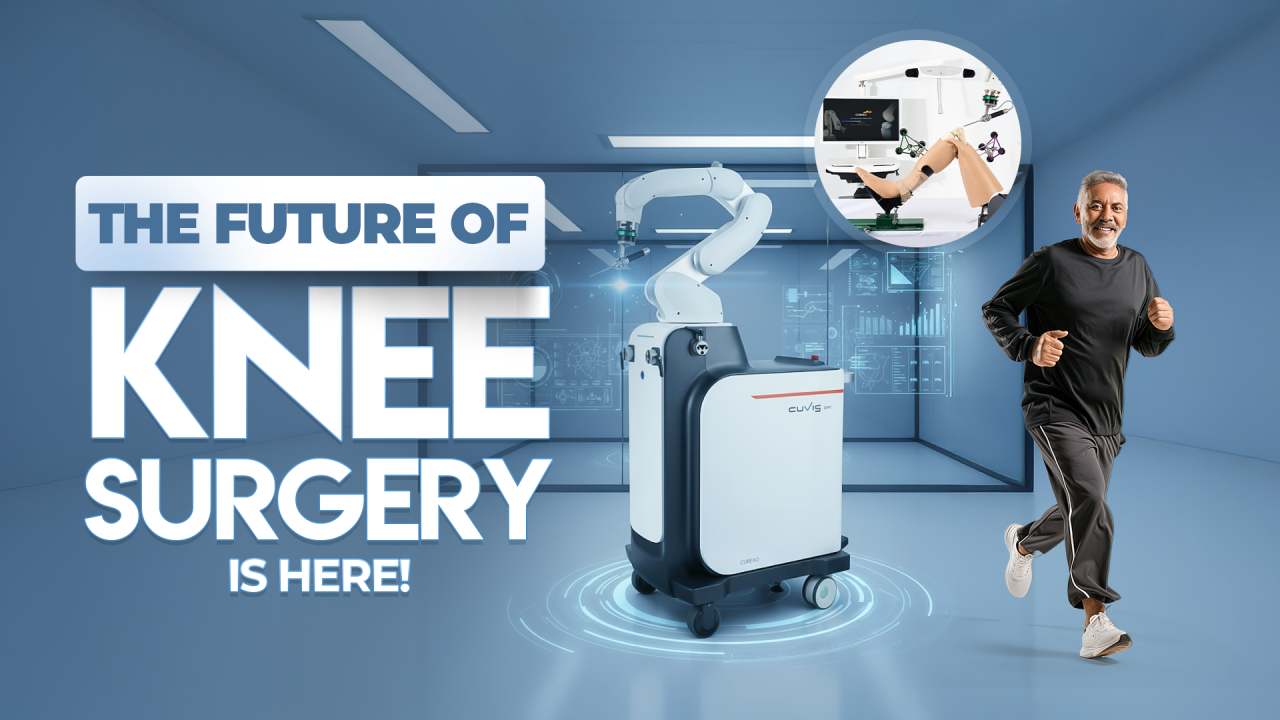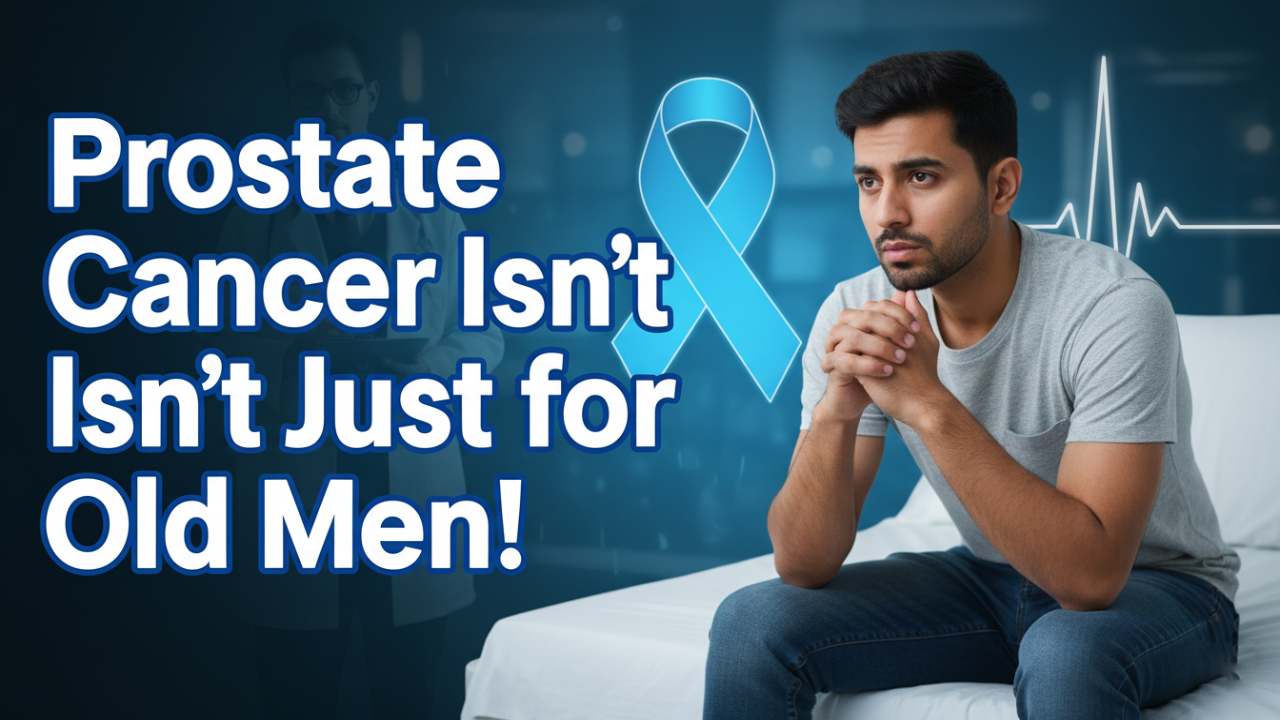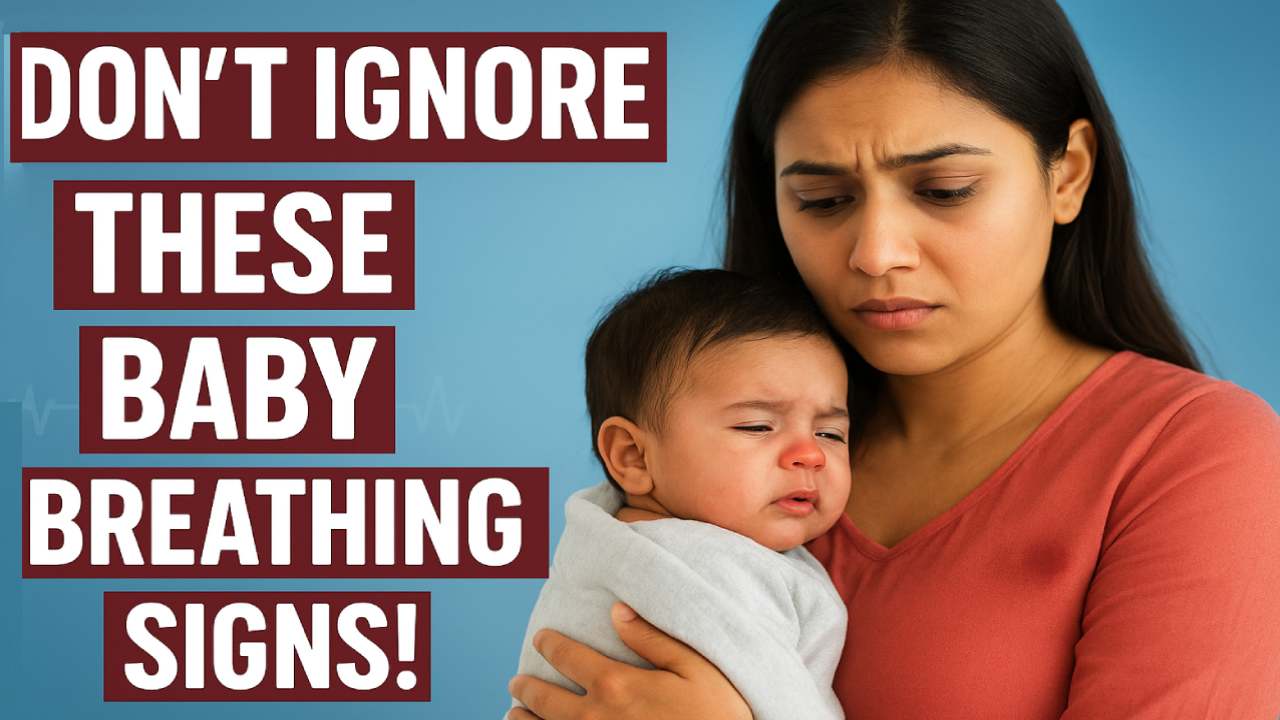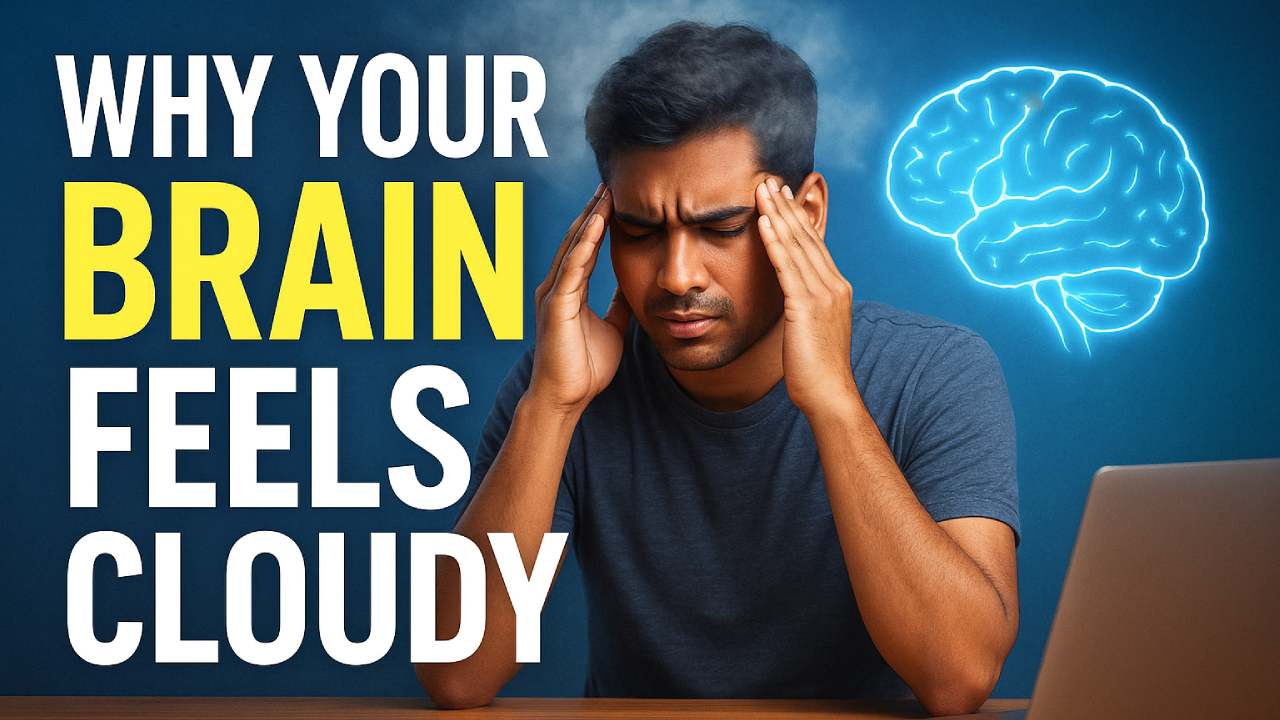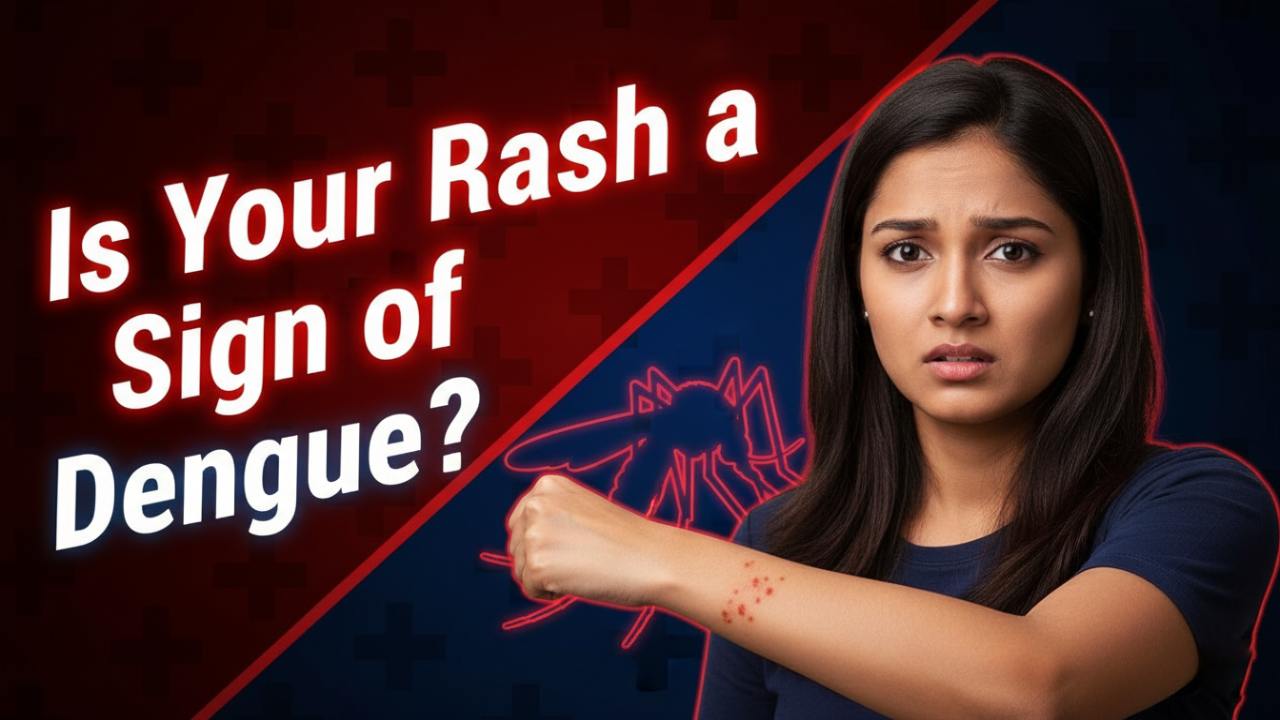Mild Heat Stroke: Don’t Ignore the Warning Signs of a Summer Emergency
Verified By Dr. Varun Bhargava | 10-Jun-2025
With summer temperatures soaring across India, heat-related illnesses are becoming increasingly common. While most people associate heat stroke with extreme symptoms like unconsciousness or organ failure, the reality is that mild heat stroke or mild sunstroke can creep in silently and cause considerable harm if ignored.
Dr. Varun Bhargava, Sr. Consultant Neurosurgeon at Kailash Hospital, issues a stark warning: "Patients walk into our ER calling it ‘just sun exhaustion’ – unaware that their brain is already swelling. By then, neural damage is unfolding." With Delhi-NCR temperatures hitting 47°C in June 2025, cases of mild heat stroke have surged 200%. Most victims dismiss early neurological symptoms as "summer fatigue," risking permanent cognitive impairment.
Table of Content
Mild heat stroke—also referred to as mild sunstroke—is an early stage of heat-related illness. It occurs when the body's cooling mechanisms (like sweating) begin to fail, leading to a rise in core body temperature. Unlike severe heat stroke, it doesn’t typically involve unconsciousness or organ failure, but it can rapidly escalate if not treated.
According to Dr. Varun Bhargava, “Even mild cases of heat stroke affect the brain and nervous system subtly. A patient may appear confused, irritable, or weak. The body gives early warnings—we just need to recognize them.”
Early recognition of symptoms of mild sun stroke can make all the difference. Look out for:
Persistent Headache
The brain is very sensitive to heat. A dull, throbbing headache is one of the earliest signs of heat stress.
Excessive Thirst & Dry Mouth
You may feel like you can't drink enough water, and your mouth remains dry despite hydration.
Muscle Cramps
Cramping in the legs, arms, or abdomen is a common minor sunstroke symptom caused by electrolyte imbalance.
Light headedness or Dizziness
This may occur due to reduced blood flow to the brain and dehydration.
Fatigue or Weakness
Your muscles may feel sore or unusually tired even with minimal physical activity.
Nausea or Upset Stomach
Digestive discomfort, loss of appetite, or queasiness are often reported.
Confusion or Irritability
This is a red flag. Even mild heat stroke affects the brain's functioning. You may feel mentally "foggy" or overly emotional.
Also read: Stroke and its main warning signs: Things to know
While often confused, mild heat stroke is a neurological emergency requiring immediate intervention:
| Parameter |
Heat Exhaustion |
Mild Heat Stroke (MHS) |
| Core Temperature |
<40°C |
40–40.5°C |
| Consciousness |
Alert (but fatigued) |
Confused, disoriented |
| Neurological Signs |
None |
Slurred speech, imbalance, headache |
| Organ Impact |
Reversible with rest/fluids |
Neuronal damage begins |
"At 40°C, brain proteins start denaturing – like egg whites cooking," explains Dr. Bhargava. "This is not ‘minor sunstroke.’"
Dr. Varun Bhargava emphasizes,
“Mild sunstroke isn’t just caused by being out in the sun too long. High indoor temperatures, dehydration, and certain medical conditions can also trigger it.”
Common causes include:
- Prolonged exposure to sunlight (especially between 12 pm – 4 pm)
- Inadequate fluid intake
- Excessive physical exertion in hot weather
- Wearing non-breathable clothes
- Certain medications that affect thermoregulation (e.g., antihistamines, diuretics)
Risk groups:
- Infants and young children
- Elderly individuals
- People with neurological conditions
- Outdoor workers
- Athletes and gym-goers during summer months
| Group |
Vulnerability Factor |
| Migraine Patients |
5x higher blood-brain barrier permeability |
| Hypertensives |
Impaired cerebral autoregulation |
| ADHD Medication Users |
Amphetamines raise core temp 1.5°C |
| Elderly |
Reduced hypothalamic thermosensitivity |
For patients with minor sunstroke symptoms, our Neurocritical Care Unit initiates:
1. Phase 1: Rapid Cooling (<30 mins)
- Ice-water immersion (not towels!)
- Cold saline IV infusion (4°C)
- Intranasal evaporative chillers
2. Phase 2: Neurological Stabilization
- Mannitol infusion to reduce cerebral edema
- EEG monitoring for subclinical seizures
3. Phase 3: Biomarker Tracking
- Serum S100B and NSE tests (neural damage markers)
- Daily MoCA cognitive assessments
4. Phase 4: Neural Rehabilitation
- Hyperbaric oxygen therapy (HBOT)
- Vestibular retraining for balance issues
"Cooling the brain takes precedence over cooling the body," emphasizes Dr. Bhargava.
Also read: The Hidden Cardiac Threat: How Hot Weather Secretly Manipulates Your Blood Pressure
1. Thermal Forewarning:
- Use wearable core temp sensors (e.g., CORE)
- Stop activity at 38.5°C tympanic temperature
2. Pre-Cooling Tactics:
- Ingest slushies (-1°C) 30 mins before sun exposure
- Wear cooling vests with nape ice packs
3. Neuroprotective Hydration:
- Drink 150ml electrolyte fluid with magnesium glycinate (stabilizes NMDA receptors) every 20 mins
- Avoid plain water – hyponatremia worsens cerebral edema
- Dress Smart: Wear light-colored, cotton clothes
- Use Cooling Devices: Fans, coolers, ACs, or even damp cloths.
"At Kailash Hospital, we conduct summer awareness drives to educate communities about heat safety," notes Dr. Bhargava.
Mild heat stroke survivors often develop:
- Attention Deficits: 62% show impaired Stroop test results at 6 months.
- Vestibular Dysfunction: Chronic dizziness in 41% of cases.
- Heat Intolerance: 56% suffer recurrence at lower temperatures.
"Neurons don’t regenerate like skin cells," stresses Dr. Bhargava. "What you lose is often permanent."
As Delhi-NCR’s best neuro hospital, our institute features:
- Advanced Brain Cooling Unit: The only facility in North India with endovascular hypothermia catheters
- Quantitative EEG: Detects subclinical seizures in heat stroke
- Neuropsychiatry Team: Addresses post-heat stroke depression/anxiety
"Our 2024 data shows 92% of MHS patients avoided cognitive deficits with our protocol," shares Dr. Bhargava.
Also read: Understanding Left Side Stroke Symptoms: Early Signs and Recovery Insights
Seek immediate care if mild sunstroke symptoms include:
- Inability to recognize family members
- Repeating questions every 2 minutes
- Writing or speech errors
- Horizontal nystagmus (involuntary eye jerking)
"These indicate progressing encephalopathy," warns Dr. Bhargava. "Every minute above 40°C cooks 20,000 neurons."
Mild heat stroke symptoms may seem manageable, but they are early alarms from your body. Recognizing and responding quickly can prevent progression into serious, life-threatening heat-related illnesses. Whether it’s minor sunstroke symptoms or fatigue and dizziness, don’t take them lightly.
As temperatures soar, recognize that headache and confusion aren’t "minor" – they’re your brain screaming for help. "At Kailash Hospital & Neuro Institute, our top neurologists treat MHS with the urgency of a stroke," says Dr. Bhargava. "Because in neurology, there’s no such thing as ‘just overheated.’"
Act Now: If you or a loved one experience symptoms of mild sun stroke, contact Kailash Hospital’s Neuro Emergency at +91-120-2444444. With a 15-minute cooling protocol and India’s first neural rescue unit, we turn potential tragedy into recovery.



 +91-9711918451
+91-9711918451
 international.marketing@kailashhealthcare.com
international.marketing@kailashhealthcare.com

